ZOO (Day 10 - part 5)
Another visit to Ernest and Miss Ellen.




Ernest is apparently competing with the cheetah for silliest cat award!


The jaguar is native to the Americas. Its jaws are so strong that it can bite directly through the skull its prey between the ears to deliver a fatal blow to the brain.


Their fur has spots called rosettes with distinct internal spots, while leopards have more solid spots.


The jaguars from 12,000 years ago in North America were about 20% larger!
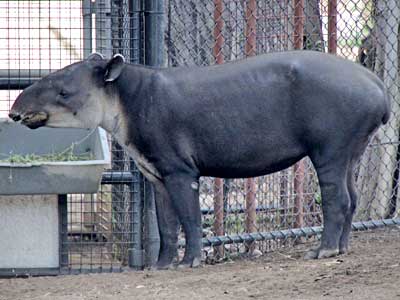

Baird's tapirs have a short, prehensile nose trunk. They live in the of Central America. ... The capybara is the largest living rodent. It's native to South American savannas and dense forests near bodies of water.


Possibly a red-billed hornbill ... and the secretary bird again.


Its name comes from Arabic meaning hunter bird. It's similar to the extinct Daggett's eagle.


Three African elephants enjoy this area: on female named Shaba (the largest, born in 1980) and two adolescent males name Tsandzikle (one tusk, born 2010) and Inhlonipho (born 2011).


African elephants can eat as much as 330 pounds of food in one day. They enjoy a variety of vegetation including grasses, leaves, shrubs and bark.




A small turtle pond




The dromedary (also Arabian camel) is the one-humped camel. It has not occurred naturally in the wild for nearly 2,000 years, having been first domesticated as far back as 9,000 years ago.
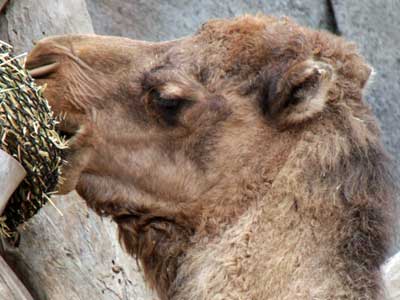

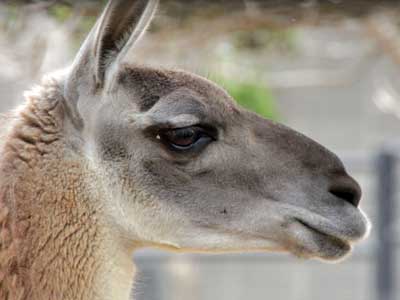

Guanacos live throughout South America. ... Llamas are the descendants of guanacos that were domesticated 7,000 years ago. Llamas don’t exist in the wild.



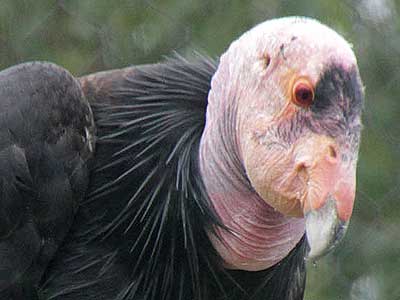
Another visit to the California condor.


Uh, is there also a silly bird contest going on?


Slender-tailed meerkats belong to the mongoose family. To help them survive in the deserts of southwestern Africa, dark eye patches cut down on the sun’s glare.


They live in underground burrows (as deep as 6.5 feet) in groups up to 40 individuals called a gang or a mob. They can also close their ears to keep sand out while digging. Apparently it should have also kept its mouth closed!
The Ethiopian Highlands are often called The Roof of Africa. The exhibit houses the gelada and the hamadryas baboon. An all-male troop of geladas arrived in 2016 from the a zoo in Germany. The plan is to eventually introduce some females to the bachelor group.



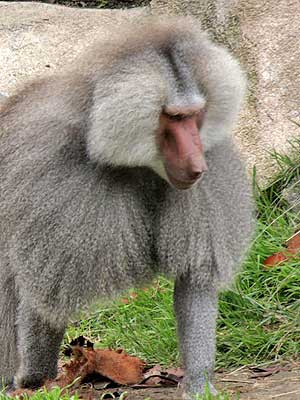
Hamadryas baboons live in large groups with a well-defined hierarchy.


The gelada (the bleeding-heart monkey) lives at 6,000 to 14,400 feet elevations. Like its close relatives the baboons, it spends much of its time foraging, with grasses comprising up to 90% of its diet. Adult males have long, heavy hair on their backs.


Both males and females have the hourglass-shaped chest patch.
return • continue

